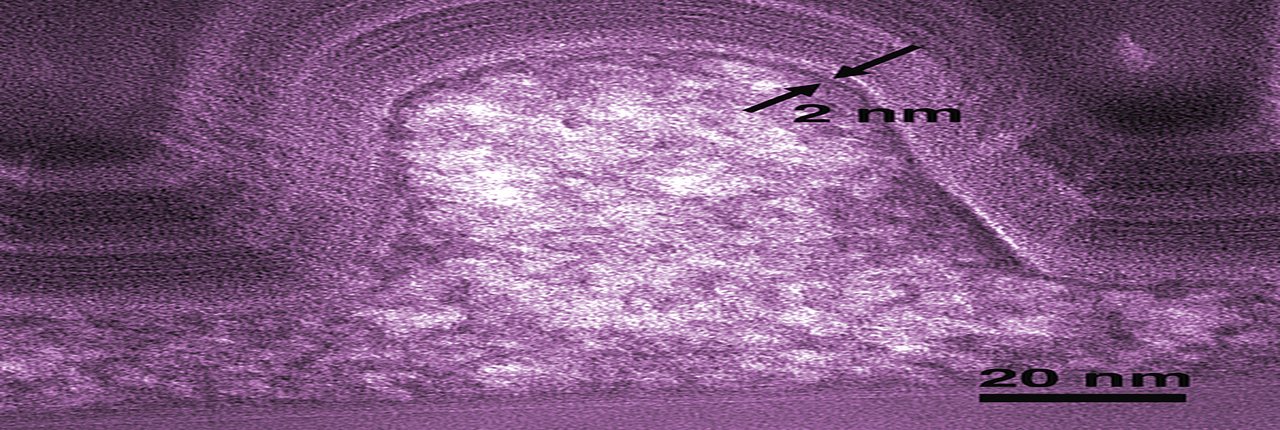Product photo

The best quality, top Anti - SDCBP Antibody, Anti - Syndecan 4 (SDC4) Antibody, Recombinant Human Syndecan - 4 products prices, the best delivery.
The following list shows the most important features of our product:
100ul
bs-1309R-A555

A simple ordering process. Just click the button below and go to our store page.
Below is a list of details about the product.
| Detail | Description |
|---|---|
| Properties | For facs or microscopy Alexa 1 conjugate.Very high photo stable ALEXA conjugate.If you buy Antibodies supplied by Bioss Primary Conjugated Antibodies. ALEXA FLUOR they should be stored frozen at - 24°C for long term storage and for short term at + 5°C. |
| Storage conditions | Store this antibody in aqueous buffered solution containing 1% BSA, 50% glycerol and 0.09% sodium azide. Keep refrigerated at 2 to 8 degrees Celcius for up to one year. |
| Background of the antigen | Cell surface proteoglycan that bears both heparan sulfate and chondroitin sulfate and that links the cytoskeleton to the interstitial matrix. |
| Source | This antibody was obtained by immunization of the host with KLH conjugated synthetic peptide derived from human CD138 |
| Cross-reactive species details | Due to limited amount of testing and knowledge, not every possible cross-reactivity is known. |
| Specificity | This is a highly specific antibody against CD138/Syndecan 1. |
| Long name | Syndecan 1 Polyclonal Antibody, ALEXA FLUOR 555 Conjugated |
| Synonyms | SDC; CD138; SYND1; syndecan; Syndecan-1; SDC1 |
| Also known as | Anti-CD138/Syndecan 1 PAb ALEXA FLUOR 555 |
| Host Organism | Rabbit (Oryctolagus cuniculus) |
| Category | Conjugated Primary Antibodies |
| Conjugation | Alexa Fluor,ALEXA FLUOR 555 |
| Subcellular location | Cytoplasm, Membrane bound |
| Purification | Purified by Protein A. |
| Recommended dilutions | IF(IHC-P)(1:50-200) |
| Clone | Polyclonal antibody |
| Conjugated with | ALEXA FLUOR® 555 |
| Crossreactivity | Human, Mouse, Rat |
| Target Antigen | CD138/Syndecan 1 |
| Concentration | 1ug per 1ul |
| Immunogen range | 275-310/310 |
| Excitation emission | 553nm/568nm |
| Modification | Unmodified |
| Clonality | Polyclonal |
| Tested applications | IF(IHC-P) |
| French translation | anticorps |
| Swiss Prot | P18827 |
| Modification Site | None |
| Gene ID Number | 6382 |